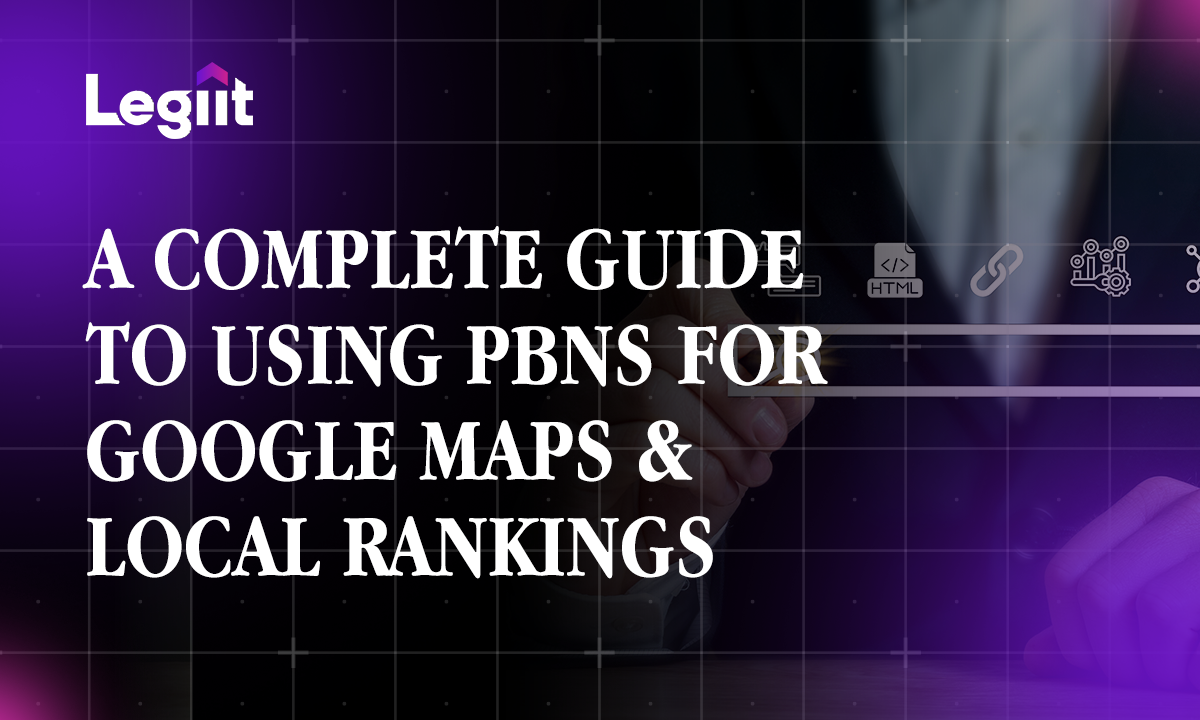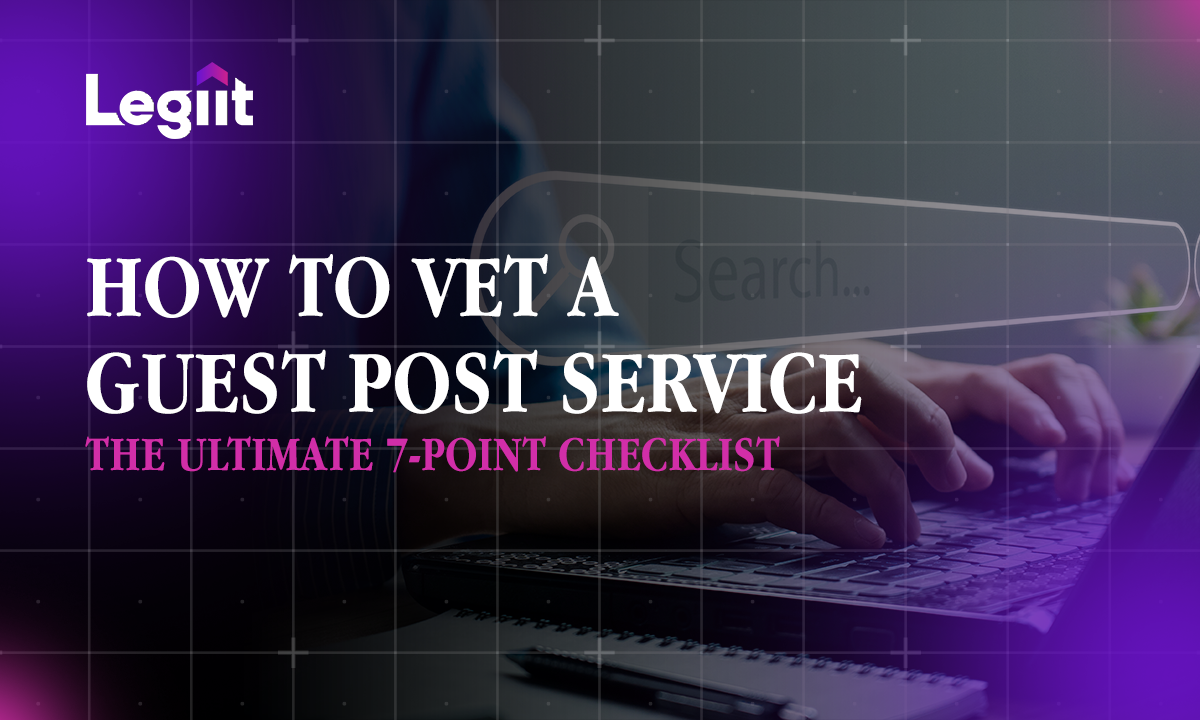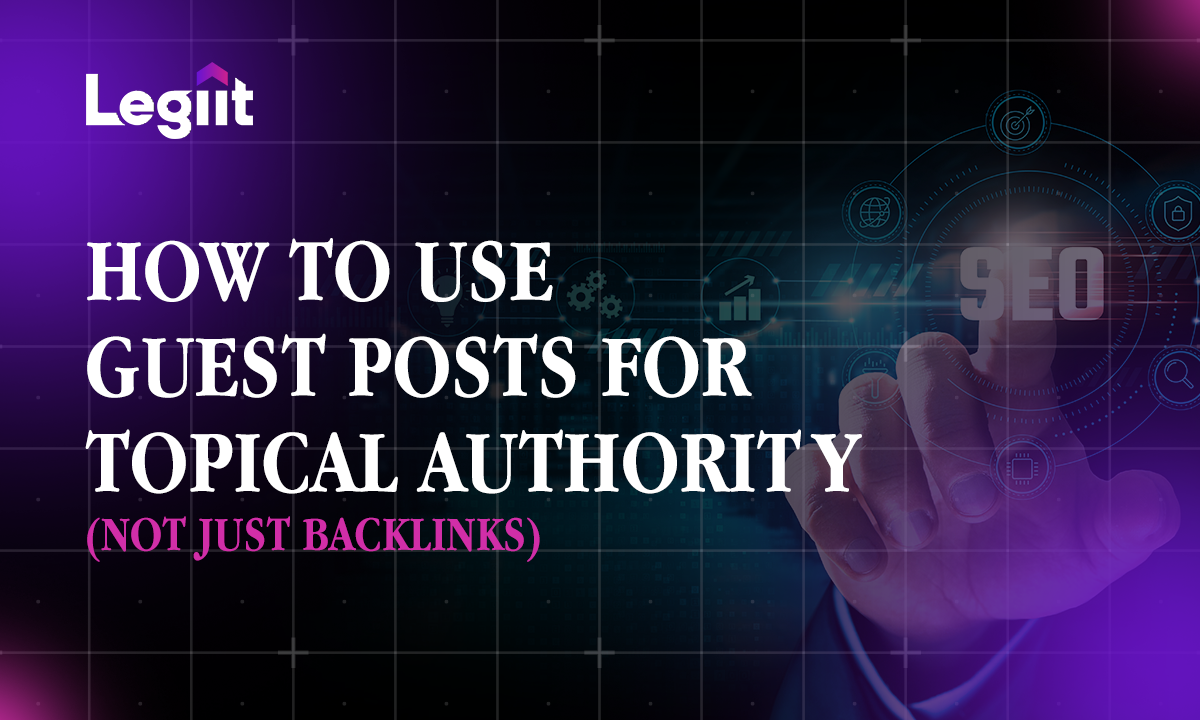You would be forgiven for thinking that all businesses are equal and that, whether big or small, they use the same advertising methods, so you can pick any strategy and run the business.
The reality of the situation is that, despite the unquestioned growth of big commercials, brick-and-mortar storefronts are still as obsessed as ever with their growth.
One of the best ways to grow a small business in a competitive environment for traffic is through advertisement—which basically gives you a competitive advantage if you’re targeting the same market as the big commercials.
With that in mind, we’ve created a compendium of the most important advertising options for small businesses. Keep it handy to guide your advertisement in 2024 and beyond.
What is advertising, and Which Businesses Qualify To Run ads?

The principle of advertising is very simple: it attempts to draw the attention of a target audience to a product or service being sold.
The idea here is to persuade people to acquire items they might not otherwise think of buying items they did not know they needed.
That’s why all businesses run ads, including big corporations like Coca-Cola, Apple, and us here at Legiit.
Why?
There are over 5.3 billion Internet users in the world, meaning over 65% of the world's population has access to the Internet.
With the ability for consumers to be able to buy through direct links (Google and social media), we aim to leverage that potential by pushing ads to them.
Use some ads to drive traffic to your online store and others with more direct language to encourage quick sales.
If you have a product or a service that you think people might want, then you need to leverage ads to drive traffic to your online or physical stores.
We would like to see ads as things that help you eliminate guesswork, helping you adapt your marketing strategy.
They can help you align with shifting consumer and competitor behaviors, emerging platforms, and changing preferences, thereby delivering results for your business.
Here are examples of businesses that would run ads:
- Massage Therapists
- Personal Trainers
- Tattoo parlors
- HVAC
- Water Damage
- Rehab Centers
- Auto Shops
- Insurance Agencies
- Optometrists
- Restaurants
It doesn't have to be an industry-specific small business; maybe you're just a freelance expert, and you can run ads too.
Awesome. In the next section, we’ll cover a variety of different advertising content marketing approaches that your small business can take.
7 Types of Advertising for Small Businesses
There are tons of advertisement options for small businesses; however, not all ads will fit into their budget, level, or context.
If you run any other business awards any kind of small business, you need the following advertising methods:
(i). Social Media Advertising
There are two ways to advertise on social media. Through organic reach and paid ads. Paid ads on the social media channels are very effective and easy to use because they can reach almost any segment of society.
Secondly, social media advertising, unlike other choices, is affordable for small businesses, and it allows you to target a specific segment of society in a particular location.
To make this process possible you need to pick a social media platform that matches the audience you want and the type of content that is native to it.
Here are examples:
a. Facebook
According to statistics, 40% of businesses say that Facebook is the most profitable paid advertising channel, and 30% say Instagram is the most profitable paid channel.
Additionally, over 3 million businesses actively use the Facebook advertising platform.
With an audience of any age bracket, there’s a higher chance of generating leads from Facebook advertisements.
Another advantage of using Facebook for advertising your business is that it has features on the business suite that guide you in the process of creating the ads and provide you with multiple formats to consider, making it efficient and resourceful.
b. Instagram
The good thing about this channel is that it is co-owned with Facebook, which makes it great for B2C small businesses to advertise their business to a younger audience.
It is known to be a visual platform with high-quality images and videos that perform better than any other content type.
Therefore, before creating any ad on Instagram, you need to figure out first if your business is marketing products that have great visuals and is targeting a youthful population.
c. LinkedIn
Among all social media accounts, this platform is flooded with professionals seeking opportunities, making it a great option for small business marketing for businesses that offer B2B services.
(ii). Pay-Per-Click Advertising
Pay-per-click (PPC) advertising is similar to social media advertising discussed above but different in that, as an advertiser, you pay a fee every time a user clicks on one of their ads, usually through a search engine.
The most common platforms for the PPC advertising model are Google Ads, Google AdWords, and Bing Ads, among others. The framework used here allows you, as an advertiser, to bid for ad placements within search engines by setting a maximum budget you’re willing to pay for every click generated by your ads.
For better results, it is important to optimize your ads and target them as mobile users because 70% of all paid search impressions are on mobile, of which 52% of PPC clicks come from mobile.
Consider options like:
- Mobile display ads
- Mobile search ads
- Mobile videos
- Mobile app ads, which are meant to drive downloads of a brand’s app
- Social media ads served on mobile devices only
(iii). Print Advertising

Another smart option for advertising is print advertising, which includes newspaper ads, magazine ads, and ads in brochures and flyers.
Although they’re becoming unpopular, they still make sense in society. Here are the stats that support this:
- 70% of households with an income above $100,000 are newspaper readers (Mansi Media, n.d.)
- 82% of consumers trust print ads the most when making a purchase decision
- Regarding response rates, print advertising offers a 112% return on investment.
- 60% of catalog recipients visit the website of the company that mailed them the catalog. Those who receive print advertisements tend to purchase 28% more items and spend 28% more compared to those who do not receive a print advertisement.
According to other statistics, combining print and digital ads will make your online marketing campaigns 400% more effective.
(iv). Broadcast Advertising
As old-school as broadcast advertising sounds, it is a great way to reach a wider audience quickly.
Broadcast advertising from the podcast point of view, television, livestreams, or YouTube is a great way for small businesses that want to reach a local audience.
If we can single out television, although consumers worldwide still trust television ads a great deal, 55% of TV advertising time is not paid attention to due to multitasking, switching channels, and fast-forwarding.
(v). Out-of-Home Advertising
This form of marketing initiative aims to reach people when they’re outside of their homes.
Think about placing ads in public spaces such as billboards, bus shelters, subway stations, local bus stop posters, or street-level advertising to reach commuters and foot traffic in their specific geographic area.
If you want this strategy to work for you, you need to reach your target audience with an eye-catching and informative message, drawing more customers to your small local business.
(vi). Influencer Marketing
Influencers are people with a large viewer and follower base based on their platform of choice.
It’s a marketing strategy that has been successfully used by thousands of local businesses, and brands and has experienced continued growth over the past decade.
They’re a valuable resource for brands that want to drive brand awareness, attract new audiences, and promote their products. The consumer trends survey report by HubSpot found that 31% of social media users prefer to find out about new products through an influencer they follow as opposed to any other format or other marketing channel.
So then, as a small business, it’s only important that you begin to leverage this approach to advertising and gain a competitive advantage.
(vii). Referral Networks
Referral networks are invaluable in online marketing or a business and often include customer referrals.
Here are some interesting statistics:
- 92% of consumers trust referrals from friends and family over other forms of advertising.
- 88% of Americans say they would like some sort of incentive for sharing products on social media.
- Consumers discuss specific brands in conversations 90 times per week.
So, what does this mean? Encouraging referrals through discounts, email marketing, or other rewards per, business-to-business referral can have a significant impact on your marketing efforts.
6 Advertising Tips for Small Businesses

1. Target the Right Audience
As a general rule of thumb, ensure you’re targeting your relevant content to the right audience.
For example, if you run a local bakery specializing in vegan desserts, your target audience might include health-conscious individuals, vegans, and people with dietary restrictions.
However, advertising to the general public will have minimal results. That’s why in any form of advertising, like PPC and social media, you need to choose keywords that are of interest to your business and target certain demographics, interests, or behaviors only.
2. Advertise Where Your Audience Is
Once you know your target audience, find out where they spend their time and focus your advertising efforts there.
For example, if you're a small coffee shop targeting college students, you might advertise on campus bulletin boards for out-of-home advertising, student newspapers for print advertising, and social media platforms popular among students like Snapchat or TikTok.
3. Track and Measure Success
We have lots of free analytics tools like Google Analytics, Google Search Console, and other built-in analytics tools on Facebook Ads Manager that can help you track your success.
This will help you understand what's working and what's not, allowing you to optimize your marketing strategies for better results.
4. Get the Timing Right
Each time you send an ad on any advertising method, always ensure it happens at a peak time when it is likely to generate a good ROI.
For example, try sending your ads around pay time when people have disposable income instead of shooting in darkness.
5. Try Remarketing Strategies
Last but not least, remarketing allows you to target people who have already shown interest in your business but haven't made a purchase yet. This can be a highly effective way to re-engage potential and existing customers, and encourage them to convert.
6. Hire A Freelancer To Help You Run Your Advertisement
Truth be told, most of the advertisement advertising methods for small business we’ve shared in this guide for small businesses may turn out to be difficult to do yourself if you don’t have experience.
In that event, we suggest you hire a freelancer who can manage the whole process from start to end and deliver results for your business.
All you need to do is identify your own marketing plan, objectives, and target audience and then have them run the campaigns as they make adjustments to note what works and what does not.
Legiit boasts tons of advertising experts who have experience and proven results that you can benefit from.
Final Thoughts

When you don’t have a big budget, marketing can be challenging, but there’s plenty a small business owner can do to attract and maintain a customer base.
The rise in digital marketing has made it easier for small business owners to find a way to create a presence and attract informed buyers.
Those are the options we’ve discussed in this article and now it is your time to take action.
Finally, as you create ads for your business, it is important to note the tone of your message and how your audience will receive it.
It won’t be a sin to add some humor if you have to, but just make sure it is what your audience likes. After all, you are doing all this to make them notice you so speaking their language should be a priority.
All the best!
Frequently Asked Questions
#1. Which Marketing Is Best for Small Business?
The most effective marketing strategy is the one that combines social media, networking, and traditional methods to promote the business or its products. However, social media advertising reaches the most people the quickest.
#2. How Can I Promote My Small Business?
Social media marketing is the quickest method for promoting your business.
#3. How can networking benefit small businesses as an advertising method?
Networking allows small business owners to connect with other entrepreneurs, potential customers, and industry influencers. This then gives you opportunities to build relationships new customers, gain referrals, and increase brand visibility through priceless word-of-mouth advertising.













 Download
Download